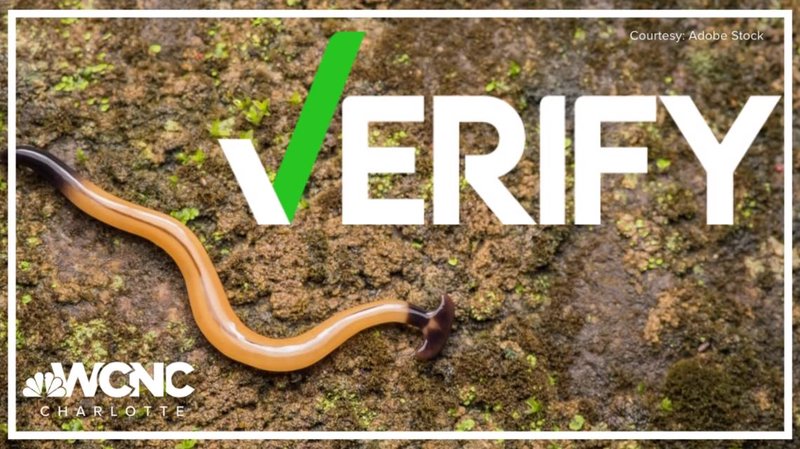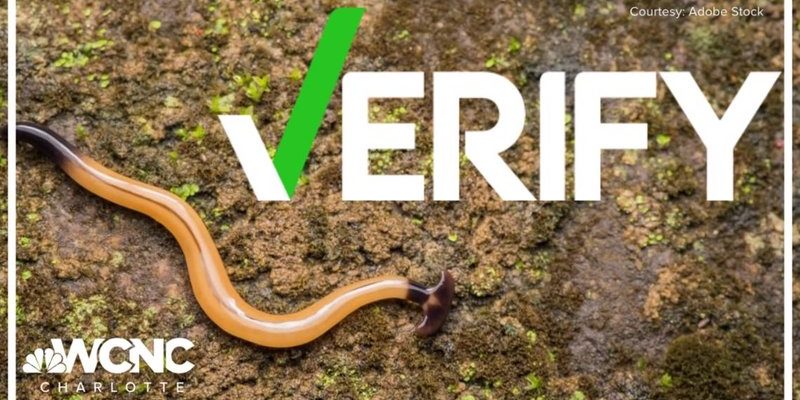
Imagine for a moment you had a magical pet that lost its tail and could just grow it back. That’s kind of like what happens with hammerhead worms! These worms have an incredible knack for healing themselves, which gets us thinking about how nature has its way of solving problems in remarkable ways. So, grab your coffee, and let’s explore the world of hammerhead worms and their regeneration abilities.
What Are Hammerhead Worms?
Hammerhead worms belong to a group called *Bolitophagidae*, which might sound scientific and complicated, but it simply means they’re a type of flatworm. These worms can be found in various colors—mostly shades of brown, gray, or even vibrant greens—making them look more like a piece of art than a common worm.
Their hammer-shaped heads give them their name and help them hunt. Unlike traditional garden worms that mainly munch on decaying matter, hammerhead worms are predators. They feast on smaller creatures like snails, earthworms, and other small invertebrates. Their unique hunting style and the ability to regenerate make them both resourceful and resilient in their environments.
The real kicker? Hammerhead worms can grow up to 12 inches long! That’s quite a size for a worm, and it’s part of what makes them so interesting. Learning about these worms opens up a whole new avenue of curiosity regarding their incredible biological capabilities.
The Science of Regeneration
Regeneration is nature’s way of showing us just how resilient living organisms can be. When a hammerhead worm gets cut, it doesn’t just die—it begins a process that can lead to regeneration. But how exactly does this work?
Here’s the thing: hammerhead worms contain specialized cells called *neoblasts*. Think of these cells as the body’s repair crew, ready to jump in and save the day. When the worm is cut, these neoblasts rush to the injury site to start the healing process. They divide and eventually transform into whatever tissue is needed, whether it’s more muscle, skin, or even nerve cells.
This remarkable ability isn’t unique to hammerhead worms. Many planarians have similar regeneration capabilities, but hammerhead worms take it up a notch with their impressive size and hunting skills. It’s a real-life superhero story unfolding in the tiny world beneath our feet!
How Do Hammerhead Worms Regenerate?
If you were to cut a hammerhead worm in half, you might expect chaos—after all, who wouldn’t panic? But not these worms! Instead, they go into action.
Let’s break down the regeneration process step by step:
- Step 1: When cut, the worm’s body quickly begins to seal the wound to prevent losing vital fluids and nutrients.
- Step 2: Neoblasts migrate to the wound site. You can imagine them like determined little workers gathering at the scene of an accident, ready to fix things up.
- Step 3: These neoblasts start multiplying. They differentiate into the types of cells needed to form new tissues.
- Step 4: Over days and weeks, the worm begins to reform its body. If the head was cut off, a new one will start to form. If a section was removed, that part will grow back.
Isn’t that wild? Watching this process unfold in real-time is a remarkable glimpse into how life can adapt and survive.
Regeneration: What’s the Limit?
While hammerhead worms are impressive, there are limits to their regeneration abilities. They can regenerate missing parts, but there are restrictions on what they can regrow. For instance, if you cut a hammerhead worm into too many pieces—let’s say millions of tiny bits—there’s a good chance they won’t all regenerate into separate, functioning worms.
Typically, *the larger the piece that survives, the better chance it has of regenerating properly*. If you slice them into smaller fragments, you might end up with just a few bits that can grow into new worms, while others may not make it at all.
This brings us to a broader point: while regeneration is fascinating, it’s also part of a balancing act within ecosystems. Predators often face threats, and being able to regenerate helps these creatures continue to thrive against odds, but they also need to remain intact enough to survive the process.
Why Regeneration Matters
You might be wondering, why should we care about whether hammerhead worms can regenerate? Aside from being cool little creatures in our ecosystems, studying their regeneration processes can teach us a lot about biology, health, and even potential medical advancements.
For scientists and medical researchers, understanding how these worms regenerate can provide insights into how other organisms, including humans, might heal from injuries. If we can learn how these worms do it, we might find ways to enhance human healing or even improve methods in tissue regeneration. It’s a fascinating intersection of nature and science!
Plus, observing these remarkable abilities can inspire us in our everyday lives. Think about it: if a creature as small as a hammerhead worm can bounce back from a tough situation, maybe we can learn to overcome our challenges, too.
Where Can You Find Hammerhead Worms?
If you’re itching to see a hammerhead worm in action, you don’t have to go far. They can often be found in warm, moist environments. You might spot them in:
- Garden soil, where they feast on other pests.
- Under rocks or mulch, enjoying the dampness.
- Near bodies of water, like ponds or streams, where they can thrive.
Since they’re becoming more common in various regions, chances are you might come across these little creatures during your outdoor adventures. Just remember, while they seem harmless, they are predators, so treat them with respect!
So, can hammerhead worms regenerate after being cut? Absolutely! Their unique abilities to heal and regrow parts of their body are impressive and serve as a reminder of nature’s resilience and ingenuity. Watching a hammerhead worm regenerate can spark curiosity and lead to exciting discussions about biology, ecosystems, and even our own health.
As you continue to learn about these fascinating worms, remember that each little creature has a story to tell. There’s so much to explore in the world around us—who knows what other amazing abilities creatures like the hammerhead worm might hold? Keep asking questions and exploring the wonders of nature!

